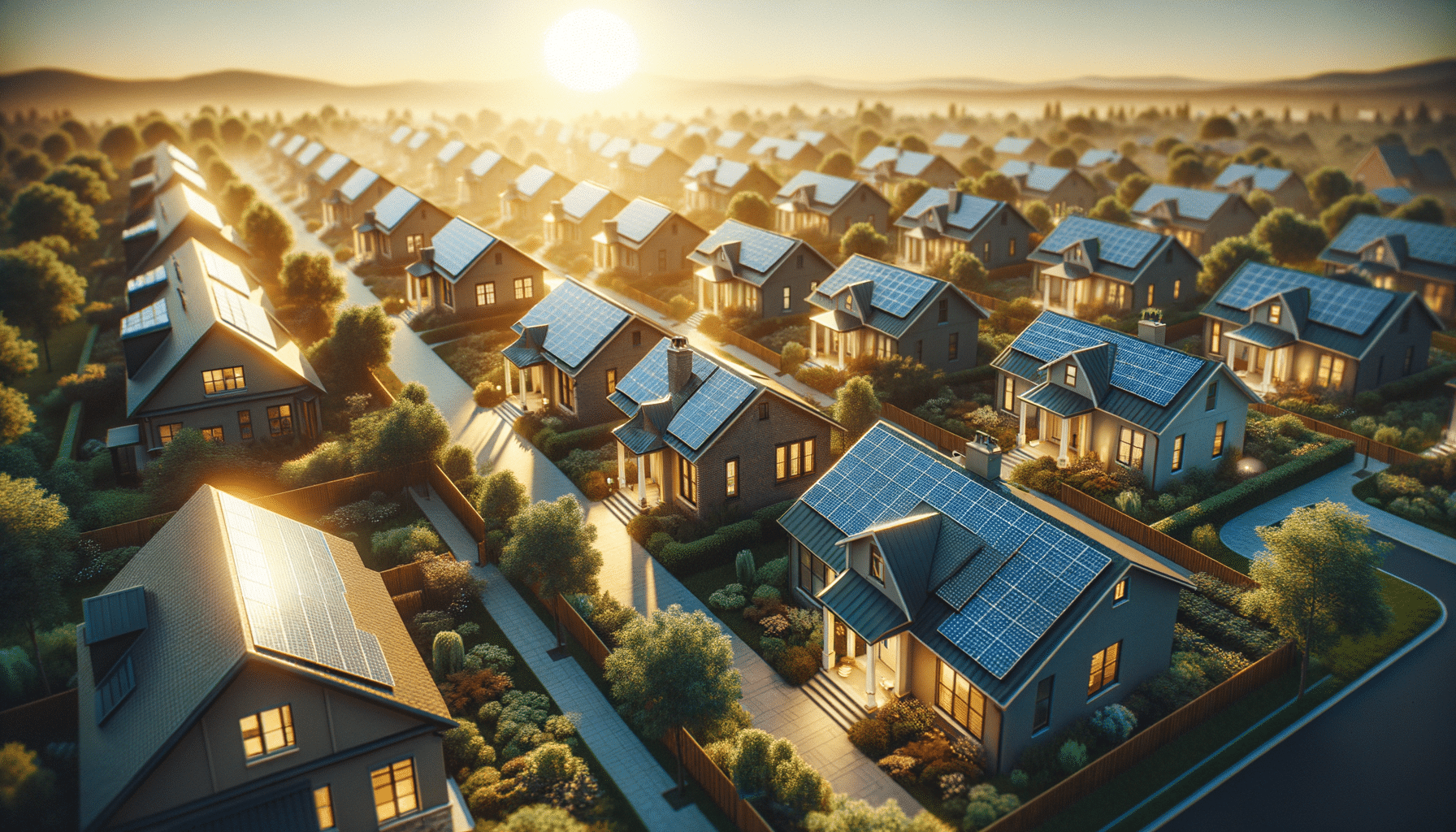
How to Get Started with Solar Energy in Your Home
Switching to solar energy is more than just a trend; it’s a sustainable choice that can transform your home into an eco-friendly haven while reducing your electricity bills.
As the world shifts towards renewable energy, solar power has become a compelling option for homeowners. Understanding how to get started with solar energy in your home can seem daunting, but with the right guidance, it’s a feasible and rewarding project. This article provides a detailed guide to help you navigate this transition, featuring expert insights, practical tips, and essential information to make your solar journey smooth and successful.
Understanding Solar Energy
Solar energy harnesses the power of the sun through photovoltaic (PV) panels. According to the International Energy Agency, solar energy accounted for over 20% of new power capacity additions worldwide in recent years. This growth highlights its increasing accessibility and efficiency.
Expert Opinion
Dr. Lisa Kramer, an energy specialist, notes, “Solar technology has advanced significantly, making it more efficient and affordable for residential use.”
Steps to Get Started
Evaluate Your Home’s Solar Potential
Consider factors like roof orientation, shading, and available space. Tools like Google’s Project Sunroof offer valuable insights by calculating your home’s solar potential.
Set a Budget
Determine your budget and explore financing options like loans, leases, or power purchase agreements (PPAs). Many states offer incentives and rebates that can significantly reduce costs.
Choose the Right Solar Panels
Research different types of panels—monocrystalline, polycrystalline, or thin-film—and choose based on efficiency, cost, and aesthetic preferences.
Select a Reputable Installer
Look for certified professionals with positive reviews and a strong track record. Websites like EnergySage provide comparisons of local installers and customer feedback.
Consider getting multiple quotes to compare prices and services. This ensures you get the best value for your investment.
Installation and Maintenance
Once you’ve chosen your system and installer, the installation process usually takes a few days. Regular maintenance is minimal, mainly involving cleaning panels and monitoring system performance.
| Aspect | Details |
|---|---|
| Average Cost | $10,000 – $30,000 |
| Average Savings | $600 – $1,200 per year |
| Installation Time | 1-3 days |
| Maintenance | Minimal, primarily cleaning |
| Panel Lifespan | 25-30 years |
| Incentives | Varies by state |
| ROI Timeframe | 5-10 years |
| Energy Production | 5-20 kWh per day |
FAQs
How much can I save with solar energy?
On average, homeowners save between $600 to $1,200 annually, depending on their location and system size.
What happens during cloudy days?
Solar panels can still generate electricity on cloudy days, though at reduced efficiency. Many systems include battery storage to offset this.
Is my roof suitable for solar panels?
Most roofs can accommodate solar panels. However, optimal conditions include south-facing roofs with little to no shading.
Are there any government incentives?
Yes, many states offer tax credits and rebates to encourage solar adoption. Check your local government’s website for specifics.
Do I need to clean my solar panels?
Yes, keeping panels clean ensures maximum efficiency. Cleaning is typically needed a few times a year, depending on your environment.
Conclusion
Embracing solar energy is a practical step towards sustainability, offering both environmental benefits and financial savings. By assessing your home’s potential, setting a budget, and choosing the right equipment and installer, you can successfully transition to solar power. As you embark on this eco-friendly journey, remember that each step brings you closer to a greener future.


